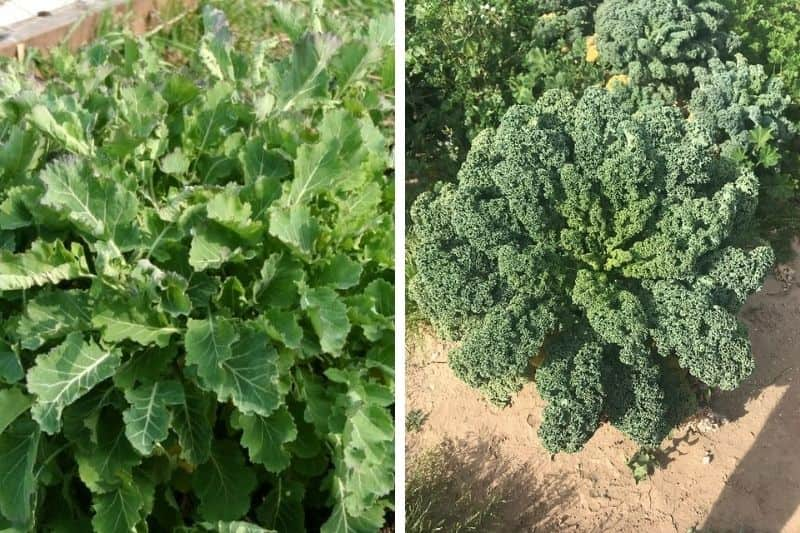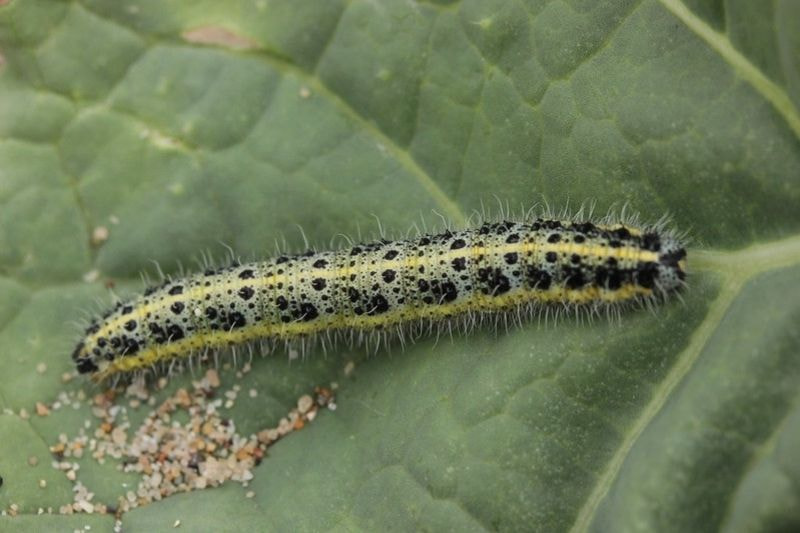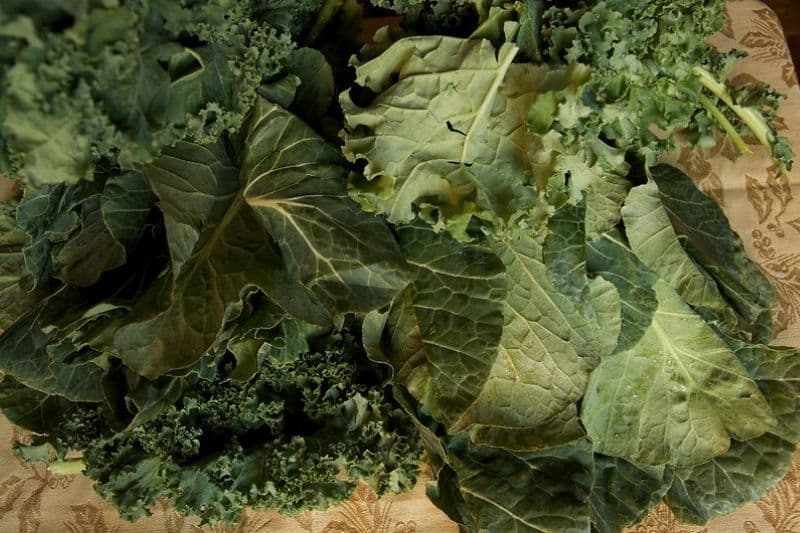Head cabbage, kale, Brussels sprouts, Chinese cabbage... Through multiple selections, hybridisations, and evolutions, the cabbage has significantly evolved and bears little resemblance to its ancestor, the wild cabbage (Brassica oleracea). Today, cabbage comes in a multitude of shapes, colours, and flavours due to the variability of its stems, leaves, and flowers. We enjoy it abundantly, raw or cooked, especially since it's low in calories. This is why gardeners love growing it in their gardens, fully aware that it requires rich soil and frequent watering and hoeing. But did you, the passionate gardener, know that cabbage can be used as the base for a very useful and economical fertiliser tea? A tea that anyone can make with simple equipment. Discover how to make your own cabbage tea, which can be used as a natural fertiliser.
Which cabbage should you choose for the tea?
To make this preparation that concentrates all the properties of a plant, you need to use the leaves. They should be roughly chopped. So, avoid cabbages grown for their inflorescences, such as cauliflowers, broccoli, or Romanesco cabbage... or even Brussels sprouts, where the small heads in the leaf axils are eaten.
If you want to make your own cabbage tea, opt for varieties rich in leaves. Head cabbages or curly kales can be used, but the most suitable are Daubenton cabbages, the famous perpetual cabbages, and kales. These cabbages have the advantage of abundant foliage that renews itself and can be harvested almost year-round. You can also choose fodder cabbages, used for animal feed, which have dense foliage.

Thanks to their dense foliage, Daubenton cabbage and kale are ideal for making cabbage tea
What are the benefits of cabbage tea?
Because cabbage is rich in nitrogen and trace elements, its tea is primarily intended to fertilise plants. You can use it as a fertiliser that promotes plant growth. Indeed, it will nourish them while enriching the soil.
Some gardeners even use it as a repellent, particularly to combat the cabbage white butterfly. It may seem paradoxical, but a 1985 scientific study by researchers Renwick and Radke suggests that the cabbage white is disturbed by the smell of damaged crucifers. Indeed, the clever butterfly assumes that such an odour indicates a cabbage already attacked by another cabbage white. To maximise its chances, it prefers to look elsewhere.

Cabbage tea is said to have repellent properties against the cabbage white butterfly
So, cabbage tea is worth trying as a preventive measure if you fear an invasion of cabbage whites. This doesn’t exempt you from implementing other control methods suggested by Ingrid B.
Essential equipment
To make 10 litres of cabbage tea, you will need:
- 2 non-metallic containers, as oxidation can destroy active molecules—plastic buckets are perfect
- A lid the same diameter as the bucket. An old cloth will do
- A fine cloth
- A stick
- Opaque, airtight plastic containers
- A funnel
- Protective gloves
To prepare cabbage tea, it’s best to use rainwater. Tap water is highly chlorinated, so if you use it, let it sit for 72 hours at room temperature. If you live in a hard water area, add a capful of white vinegar. You can also use commercially available spring water.
You’ll need 1 kg of cabbage leaves. You can also keep the stems and flowering tops.

Use 1 kg of cabbage leaves for 10 litres of rainwater
How to make cabbage tea?
- Roughly chop the leaves and flowering tops of the cabbage with a knife and finely slice the stems. You can also use only the leaves, which are quicker to chop.
- Place them in the bucket and pour in the 10 litres of water.
- Mix briefly and cover with a lid or an old cloth. The latter has the advantage of allowing fermentation gases to escape.
- Place your bucket in a cool spot with an ideal temperature between 15 and 20 °C. Higher temperatures may cause the tea to emit strong odours.
- Let it steep for 10 days, stirring with the stick every day for 10 minutes.
- After 10 days, strain the cabbage tea into your second container using the fine cloth. This will remove impurities. To strain successfully, place the cloth over the second bucket and secure it with a string so it doesn’t move. Then simply pour the tea over the cloth. You can compost the leftover cabbage residue.
- Transfer your cabbage tea into the opaque containers using the funnel.
- Seal the container tightly and store it on a high shelf in a cool, well-ventilated area. This way, your cabbage tea can be kept for several months.
How to use cabbage tea?
Cabbage tea should be diluted at a rate of 5 to 10% in rainwater, meaning you’ll mix 5 to 10 cl of cabbage tea per litre of water (or 50 to 100 cl for 10 litres of water).
Cabbage tea is used for watering, so you can dilute it in your watering can. Be sure to water at the base of the plants without wetting the foliage. Water early in the morning or late in the evening when the sun’s rays are weaker, as they degrade the tea’s active compounds. Apply it at planting time and then every two weeks throughout the growing season.
Avoid applying cabbage tea during rainy periods.
Always wear protective gloves when handling the tea.
To boost your plants’ growth, you can also make your own nettle tea. Virginie explains how to make it. Comfrey tea is also effective for fertilising plants. Again, Virginie shares her comfrey tea recipe.



































Comments